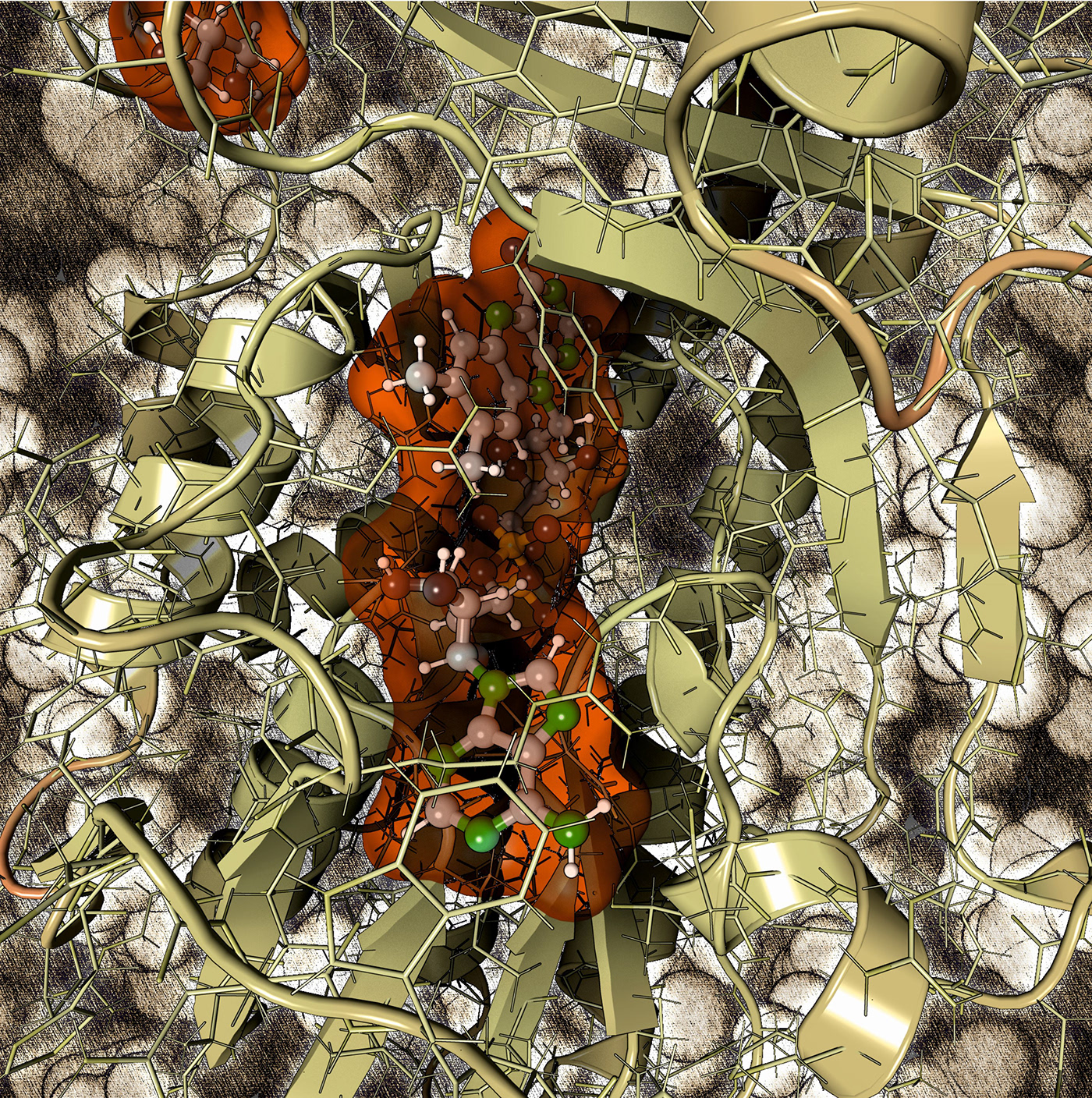


Tetracyclines are a group of broad-spectrum antibiotic compounds that have a common basic structure and are either isolated directly from several species of Streptomyces bacteria or produced semi-synthetically from those isolated compounds. Tetracyclines are named for their four ("tetra-") hydrocarbon rings ("-cycl-") derivation ("-ine"). They are defined as a subclass of polyketides, having an octahydrotetracene-2-carboxamide skeleton and are known as derivatives of polycyclic naphthacene carboxamide. Although tetracyclines are an important class of antibiotics for use in agriculture and the clinic, their efficacy is threatened by increasing resistance. Resistance to tetracyclines can occur through efflux, ribosomal protection, or enzymatic inactivation. Surprisingly, tetracycline enzymatic inactivation has remained largely unexplored, despite providing the distinct advantage of antibiotic clearance. The tetracycline destructases are a recently discovered family of tetracycline-inactivating flavoenzymes from pathogens and soil metagenomes that have a high potential for broad dissemination. Here you have an amazing view of the catalytic center of the tetracycline destructase Tet51 from an uncultured bacterium isolated from soil, showing how the enzyme is able to embrace the FAD cofactor. The structure was determined by X-ray diffraction to 1.85 A resolution (PDB code: 5TUK)
#molecularart ... #immolecular ... #tetracycline ... #resistance ... #destructase ... #soil ... #bacterium ... #xray
Rendered with @proteinimaging and finished with @corelphotopaint
#molecularart ... #immolecular ... #tetracycline ... #resistance ... #destructase ... #soil ... #bacterium ... #xray
Rendered with @proteinimaging and finished with @corelphotopaint

